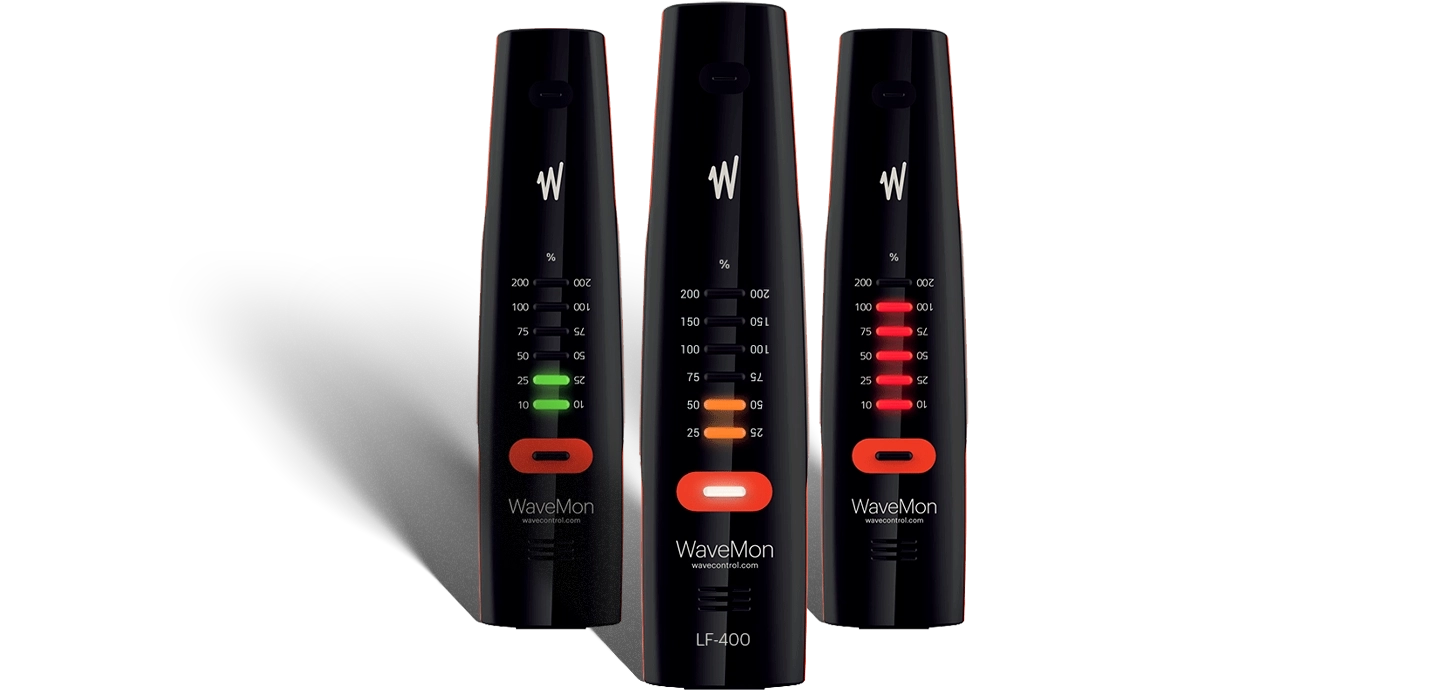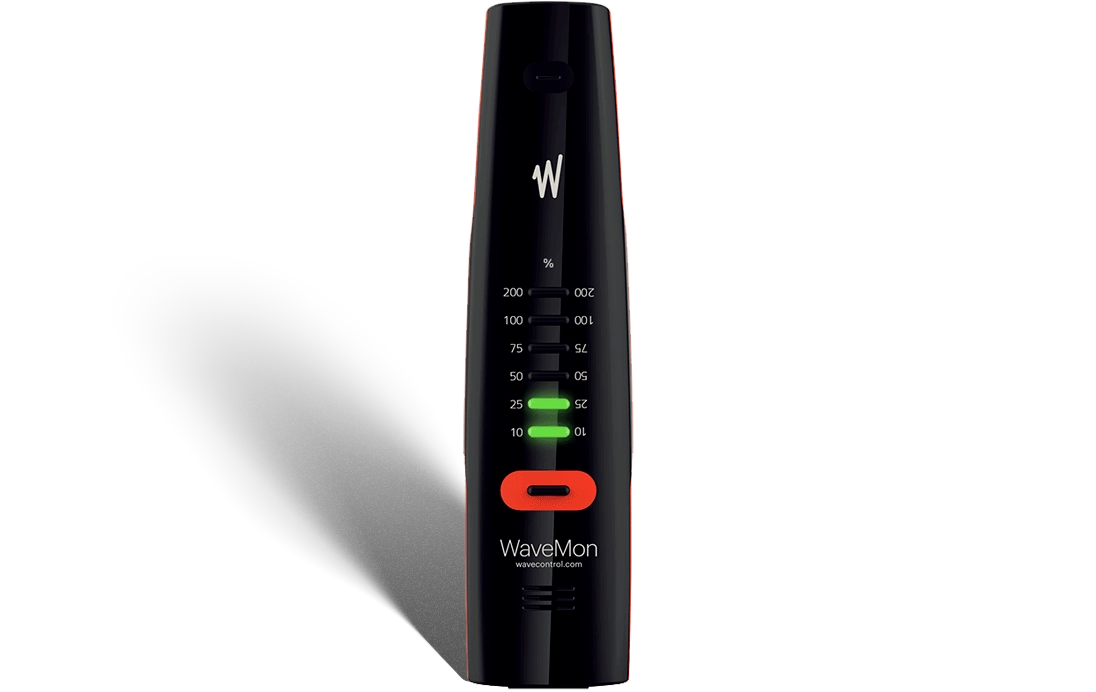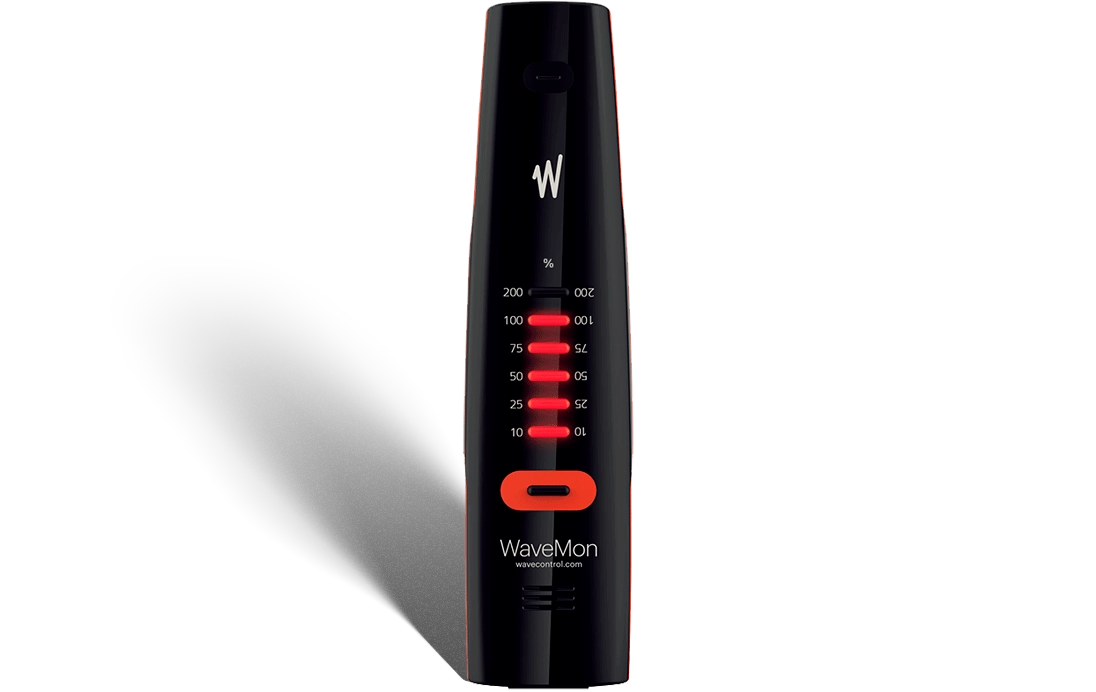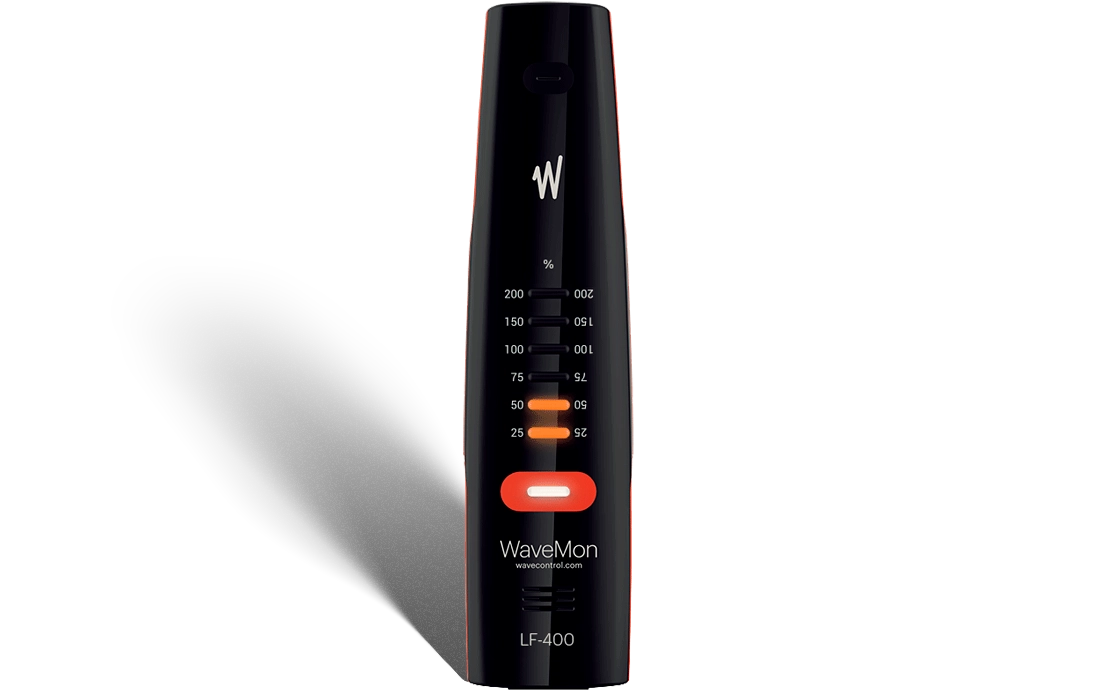Application of EMF Wavecontrol Devices
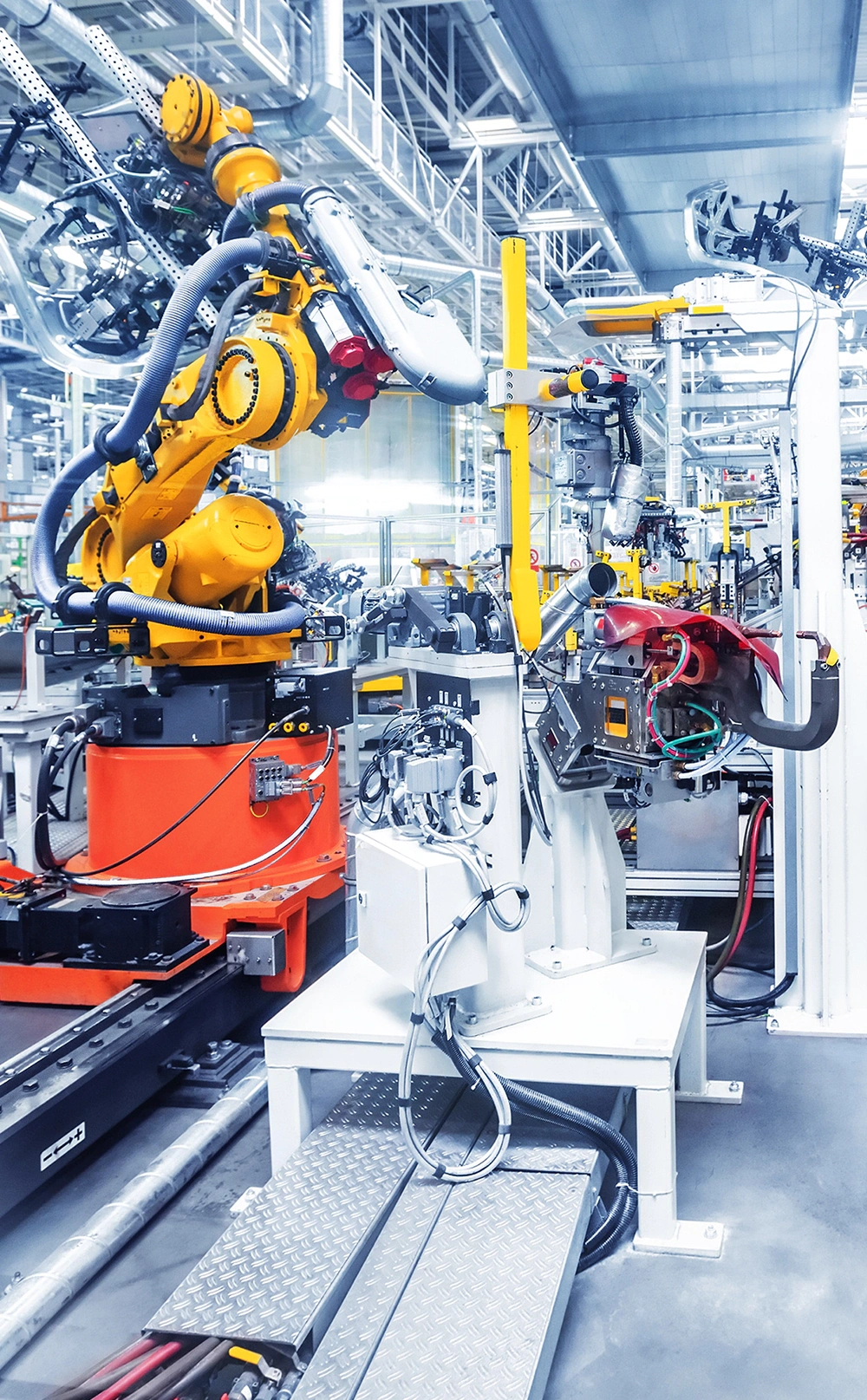
Automotive
Drivers and passengers of automotive vehicles are exposed to significant low-frequency magnetic fields emitted by different electrical and electronic components in these vehicles. With a higher demand for electric cars to minimize pollution and enforce decarbonization, there is an increased EMF risk which must be assessed to ensure that the vehicle users are safe from overexposure to EMF.
International organizations and car manufacturers have developed standards to check that automotive vehicles comply with national and international EMC safety regulations. This assessment must be done from DC to 400 kHz. Some of the standards that define these procedures for assessing LF magnetic fields in vehicles include IEC 62764, GB/T 37130, MBN 10284-2, PSA-MR02 B217110 and many others.

Industry
Workers’ exposure to electromagnetic fields must be monitored for their safety in a wide range of industrial areas, machinery and manufacturing processes. Some examples include induction heating, welding systems and processes, radio frequency (RF) heating, tempering and drying equipment, chemical processes (electrolysis), etc.
Home appliances also generate electromagnetic fields that must be measured and evaluated before they can be put on the market. The applicable reference standards include: EN 50519 (induction heating), IEC/EN 62822-1, IEC/EN 62822-2 and IEC/EN 62822-3 (welding), IEC 62233 (household appliances), IEC 62493 (lighting), EN 50527 (workers bearing active implantable medical devices), etc.

Energy
Low frequency electromagnetic fields are associated mainly with the supply of electricity, through the generation, distribution and use of alternating current (AC), and they are always present in our surroundings. Electricity operates at the frequency of 50 Hz or 60 Hz, depending on the country.
Electric power stations, high- and medium-voltage lines, transformers, electric motors and railway lines are the main sources of these electromagnetic fields. The applicable reference standards include: IEC/EN 62110 (AC power systems), IEC 61786-1 and IEC 61786-2 (measurement of DC and AC fields from 1 Hz to 100 kHz).
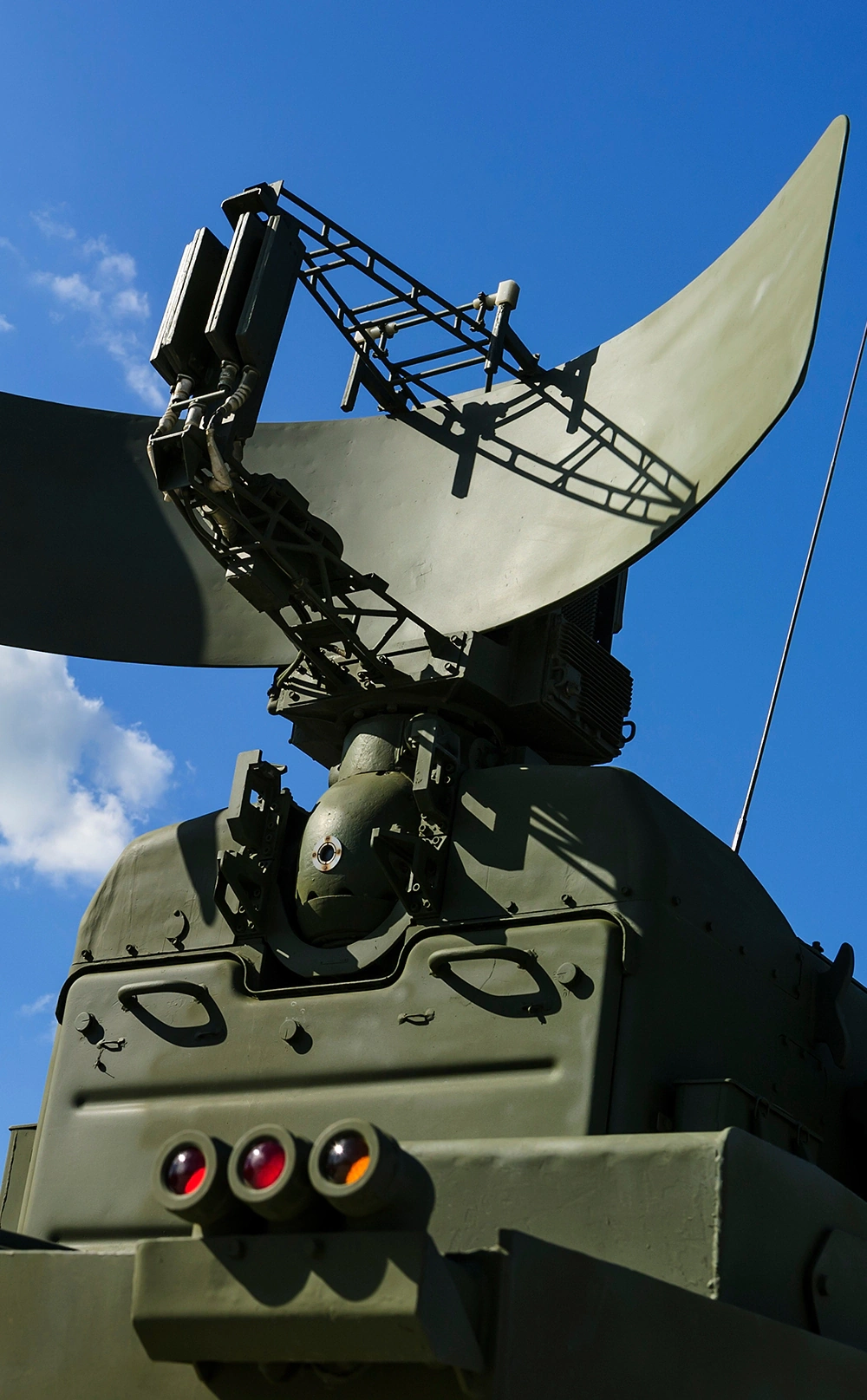
Defense
The main sources of electromagnetic radiation in the area of defense are radar stations, satellite equipment, communication equipment, etc. The SMP2 is particularly suitable thanks to its high-speed digital processing that ensures the ability to detect peaks of up to 1 µs. It can also detect isolated very high amplitude peaks thanks to a special self-scaling function that adapts the device’s dynamic margin (amplification) to the necessary levels.
In the area of defense we can find electric and magnetic fields of low frequency, from communications equipment working at several kilohertz (kHz) up to gigahertz (GHz). The SMP2 + WP400 + WPF18 combination is ideal in this case because it can cover the 1 Hz – 18 GHz frequency range with just two probes.
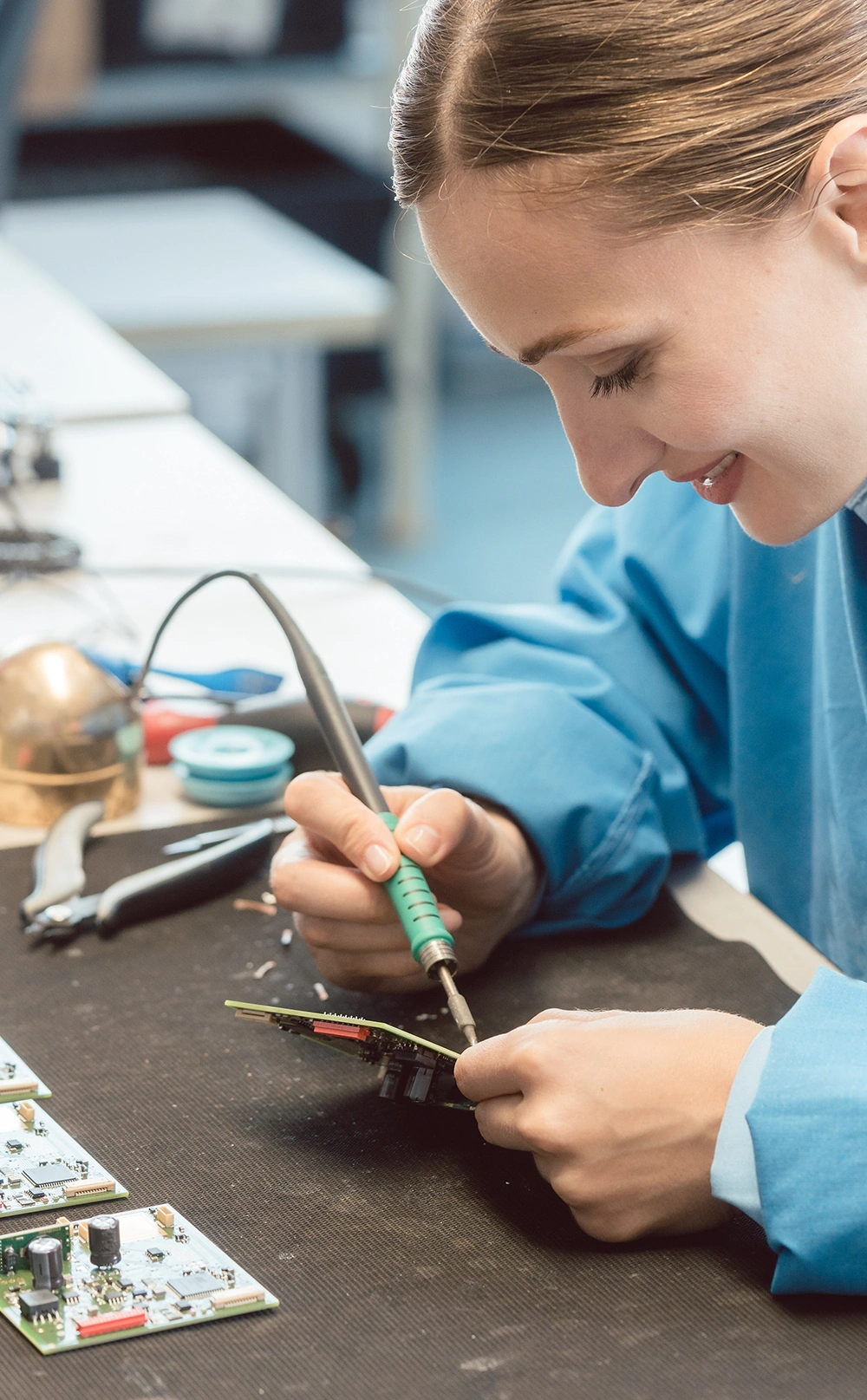
Laboratories R+D
Electric/electronic laboratories normally use radiofrequency equipment and the levels of electromagnetic radiations can therefore be high. This makes it necessary to ensure workers’ safety in connection with exposure to those electromagnetic fields.
To ensure that permitted levels of exposure are not exceeded, the ideal devices are broadband meters that can measure total exposure over the working frequency range of the equipment used. The ideal solution is the SMP3 + the WPF probe that is best suited to the frequency range in question. Wavecontrol also produces continuous measurement systems with built-in alarm, based on the MonitEM devices, designed for monitoring exposure in this sort of facility.
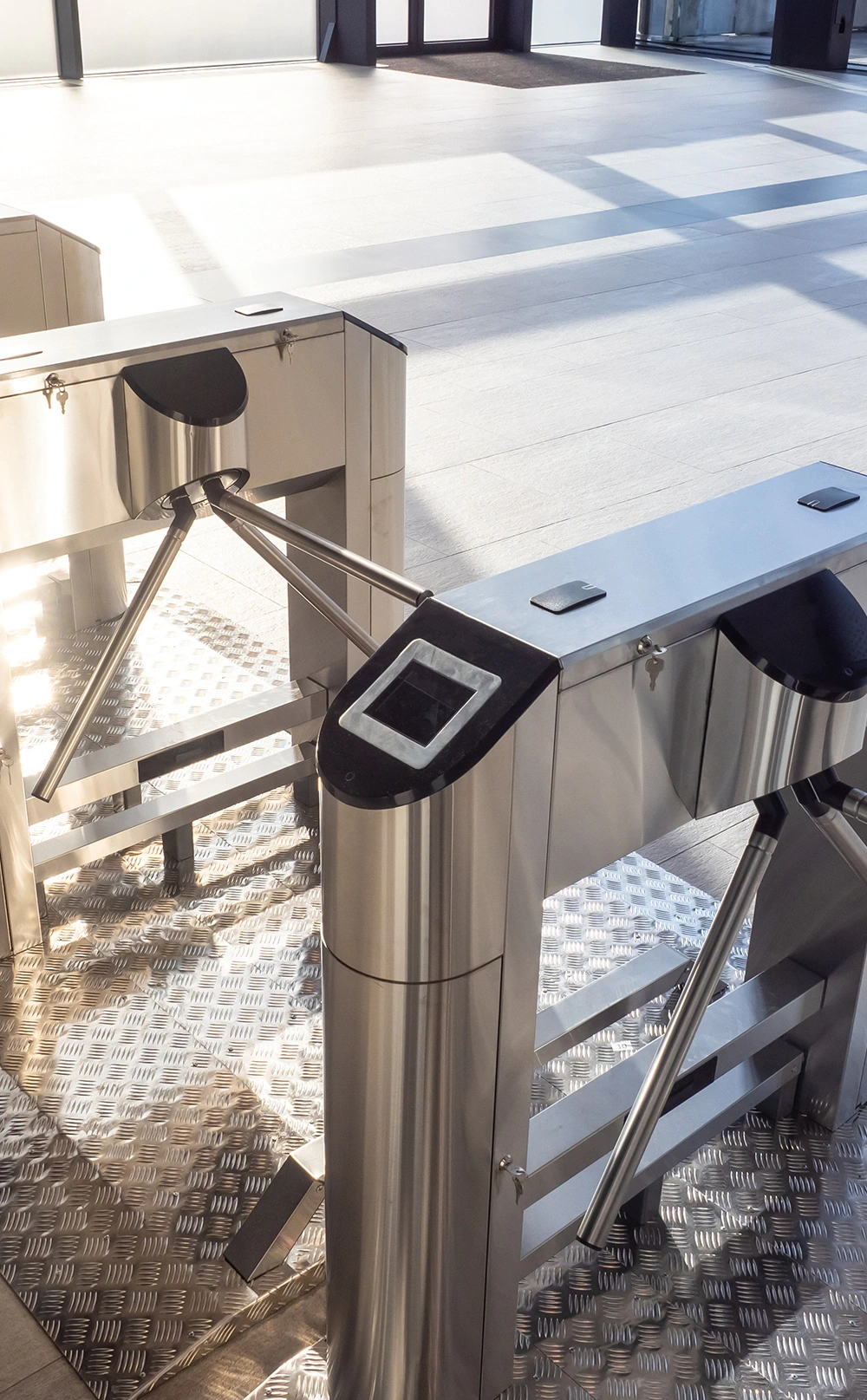
Detection of articles and persons (RFID/EAS)
Radio frequency identification (RFID) and electronic article surveillance (EAS) systems are commonly used in public spaces, generating complex electric fields.
People who work in spaces near those systems are exposed more intensely than people who are passing through them. Most of those systems work in the low frequency range. The reference standards applicable to exposure to RFID/EAS are: EN 50364 and IEC/EN 62369-1.
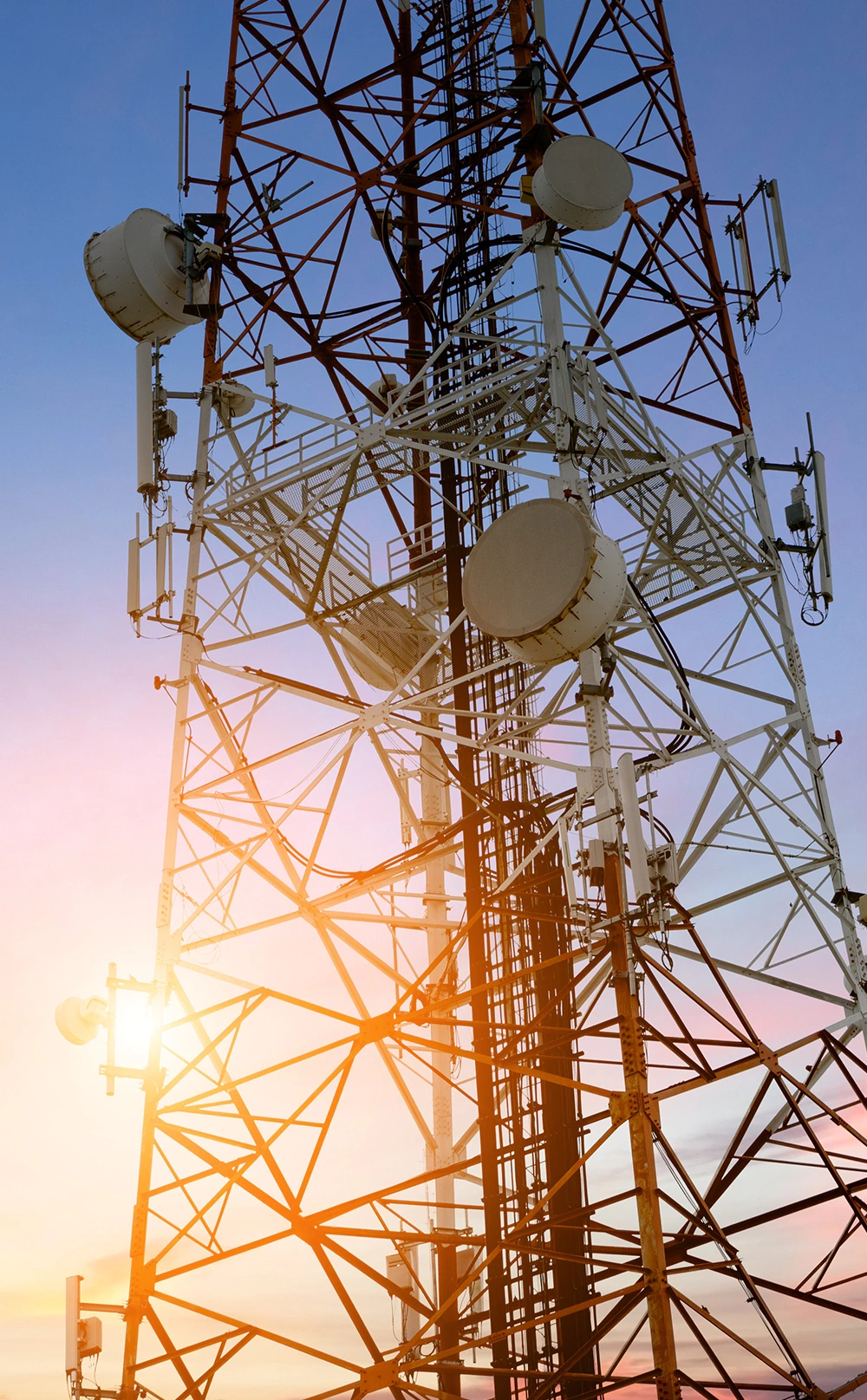
Telecommunications
Cell phone systems, broadcasting systems and other communication systems are the main sources of electromagnetic radiation in this area. Measurements are sometimes taken under far field conditions, where use of an E (electric) field probe will be sufficient (e.g. WPF8). With low frequency transmitters, we may find ourselves in near field conditions and so the H (magnetic) field will also have to be measured (e.g. WPH60).
It is important that personnel who access telecommunication infrastructures or climb towers with radiating elements, do so with personal protective equipment such as the WaveMon personal monitor, to avoid overexposure.
Some international reference standards are: IEC 62232 and EN 50492 (base stations), EN 50496, EN 50554, EN 50475 and EN 50476 (broadcasting), EN 50400 and EN 50401 (radio communication equipment).
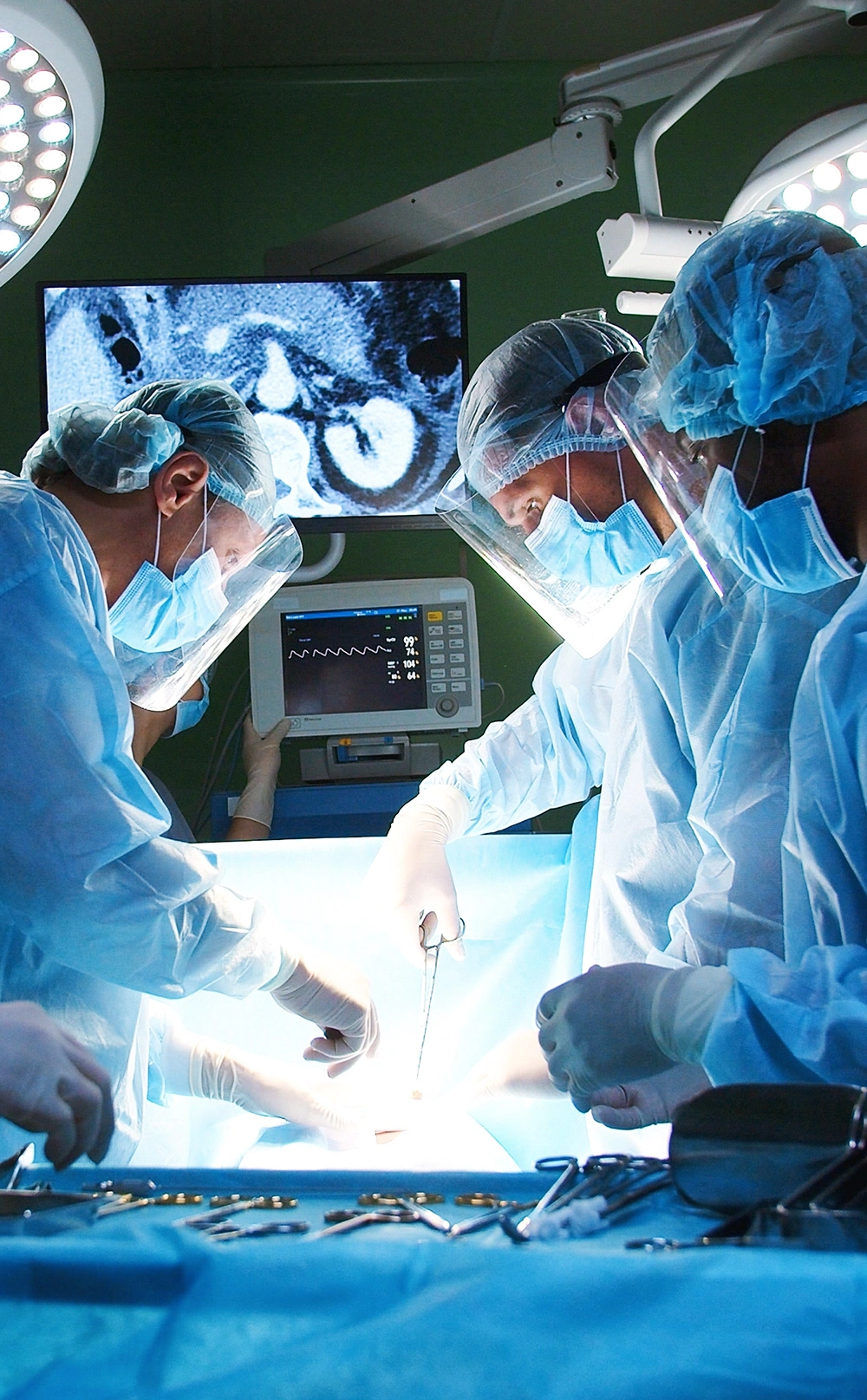
Electromedicine
Magnetic resonance equipment, diathermy and hyperthermia equipment, and electrosurgery equipment are the main sources of electromagnetic radiation in the medical industry.
The medical staff using that equipment or working in nearby spaces are exposed more intensely than patients or people who are passing through, and so exposure within the radius of influence of that equipment must be evaluated and controlled. This includes measurements at low and high frequencies using the suitable devices and probes with isotropic response and RMS. The applicable standard is IEC 60601.

Railway
Electricity is very important in the rail industry, since it allows trains to move quickly, quietly, comfortably and with little pollution. High-power and low-frequency energy is used for moving trains and radio frequencies (RF) are used for communication.
People’s exposure to electromagnetic fields both inside and outside trains, near communication systems and in stations must be controlled. The standard EN 50500 defines procedures for measuring the levels generated in the rail industry in connection with human exposure.
